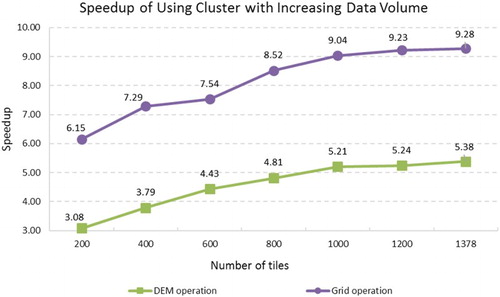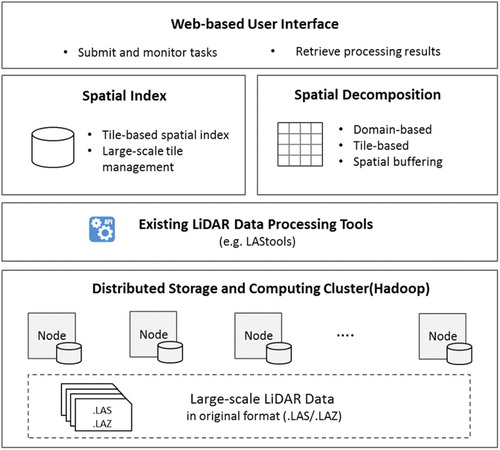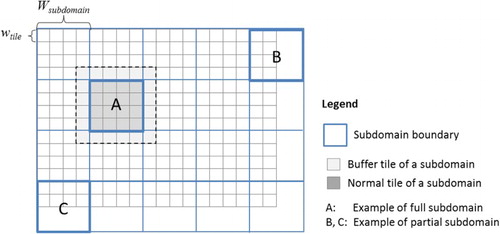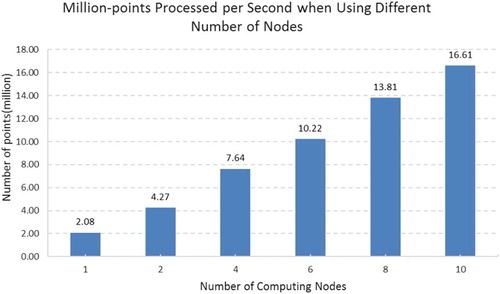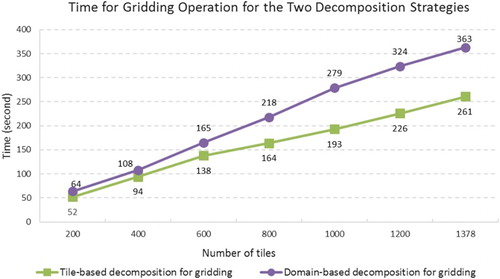Figures & data
Figure 3. Structure of the tile-based spatial index linking a tile’s (Ti) file-space, geographic-space, and cluster-space.
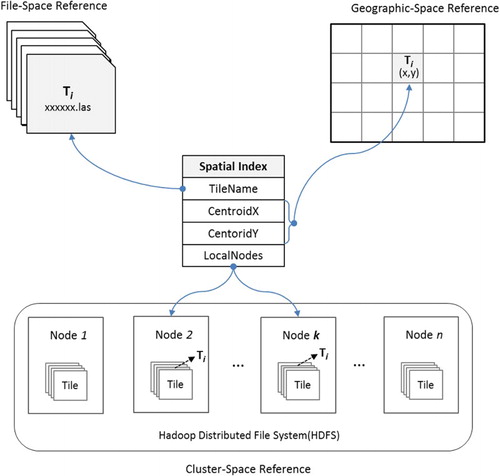
Figure 5. The distribution of the subdomain tiles in geographic-space and cluster-space with the two different decomposition mechanisms: (A) domain-based decomposition and (B) tile-based decomposition.
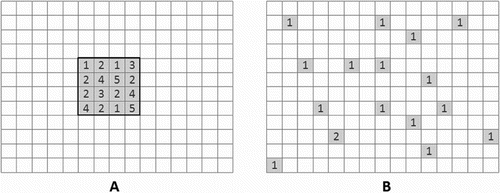
Figure 6. Integrating spatial decomposition with MapReduce and LAStools to implement tile-level parallelization.
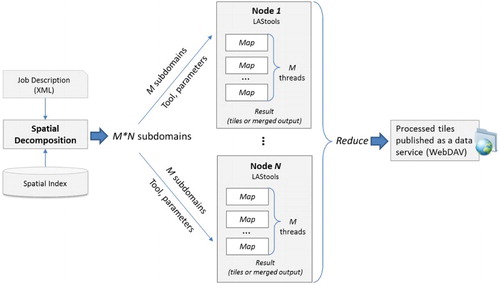
Figure 8. The online user interface of the prototype and the tile boundaries (red rectangles) of the LiDAR data for Colleton County in South Carolina.
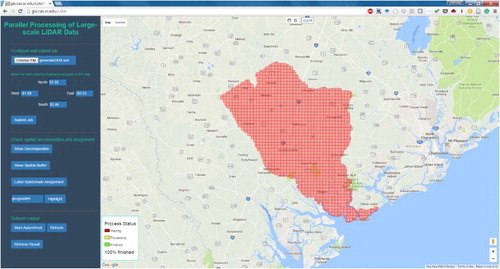
Figure 10. Snapshot of the job status: (A) generating DEM with domain-based decomposition (blue rectangles represent subdomains) and (B) rasterizing tiles with tile-based decomposition.
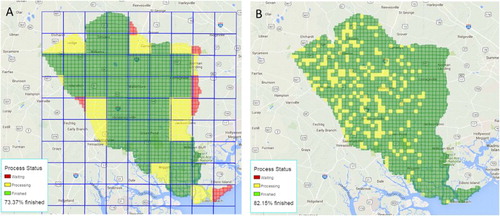
Figure 11. Subdomain assignment status for the two jobs with node7 highlighted: (A) generating DEM with domain-based decomposition and (B) rasterizing tiles with tile-based decomposition.
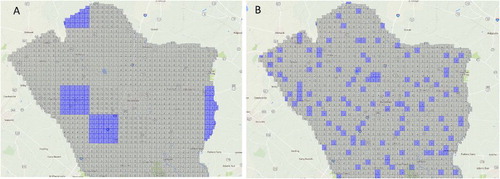
Figure 12. Manipulation of the results: (A) publishing the processed tiles as a data service; (B) mapping the data service to a computer Network Drive; (C) loading the processed tiles into ArcMap to conduct further process such as mosaic; and (D) displaying the processed tiles in Google Earth. (Note that the tiles displayed in ArcMap and Google Earth are not yet seamlessly mosaicked, so the color discontinuity exists between different tiles from different class intervals.)
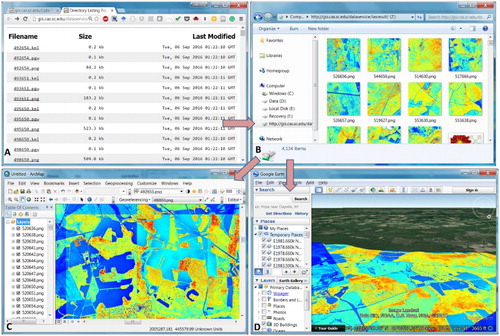
Table 1. Processing time (in second) for the two operations.
Figure 13. Time spent on the two operations using both the standalone tool and the cluster system when gradually increasing the data volume from 200 to 1378 tiles.

Figure 14. Speedup of using the prototype when gradually increasing the data volume for both operations.
